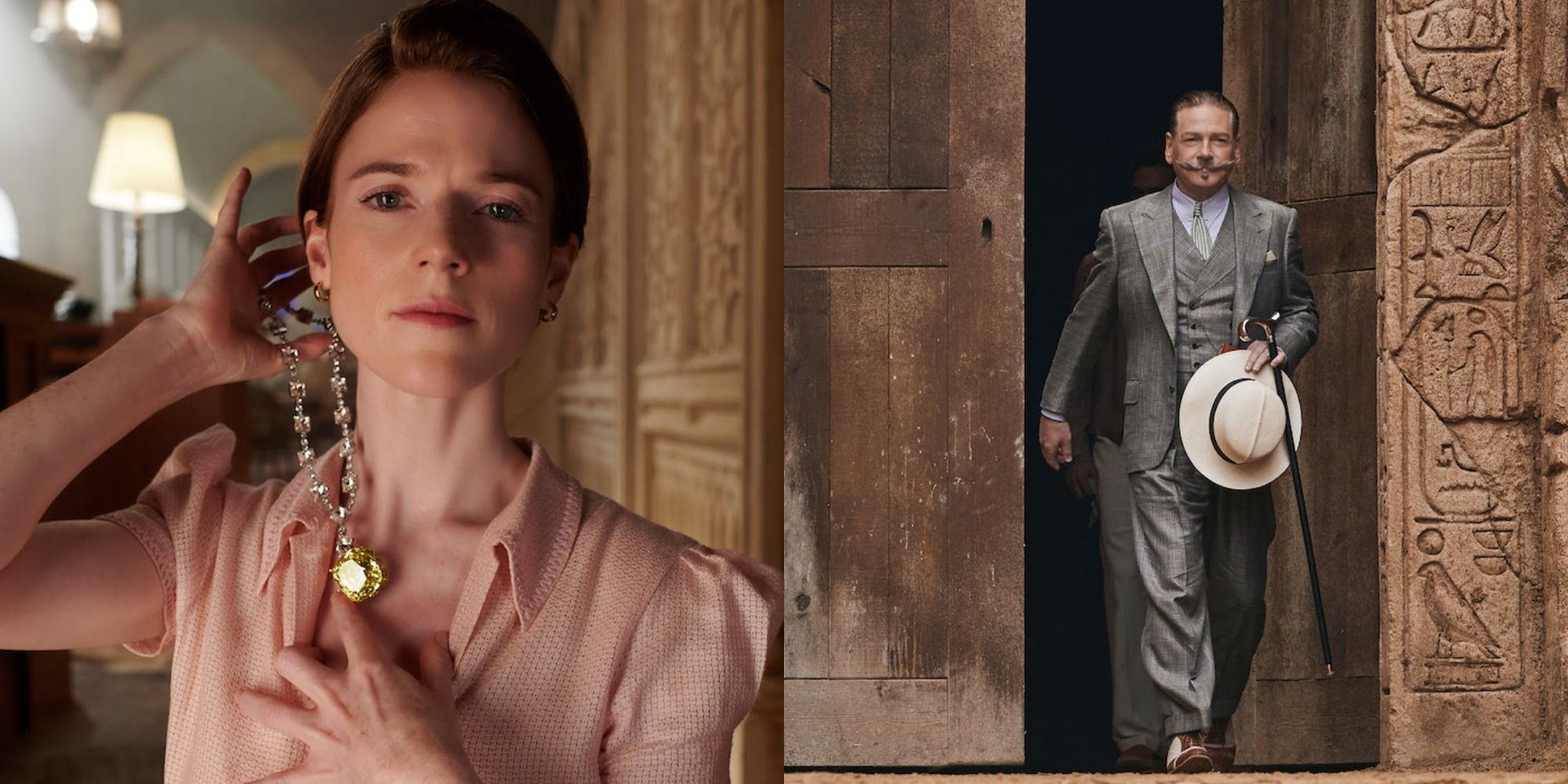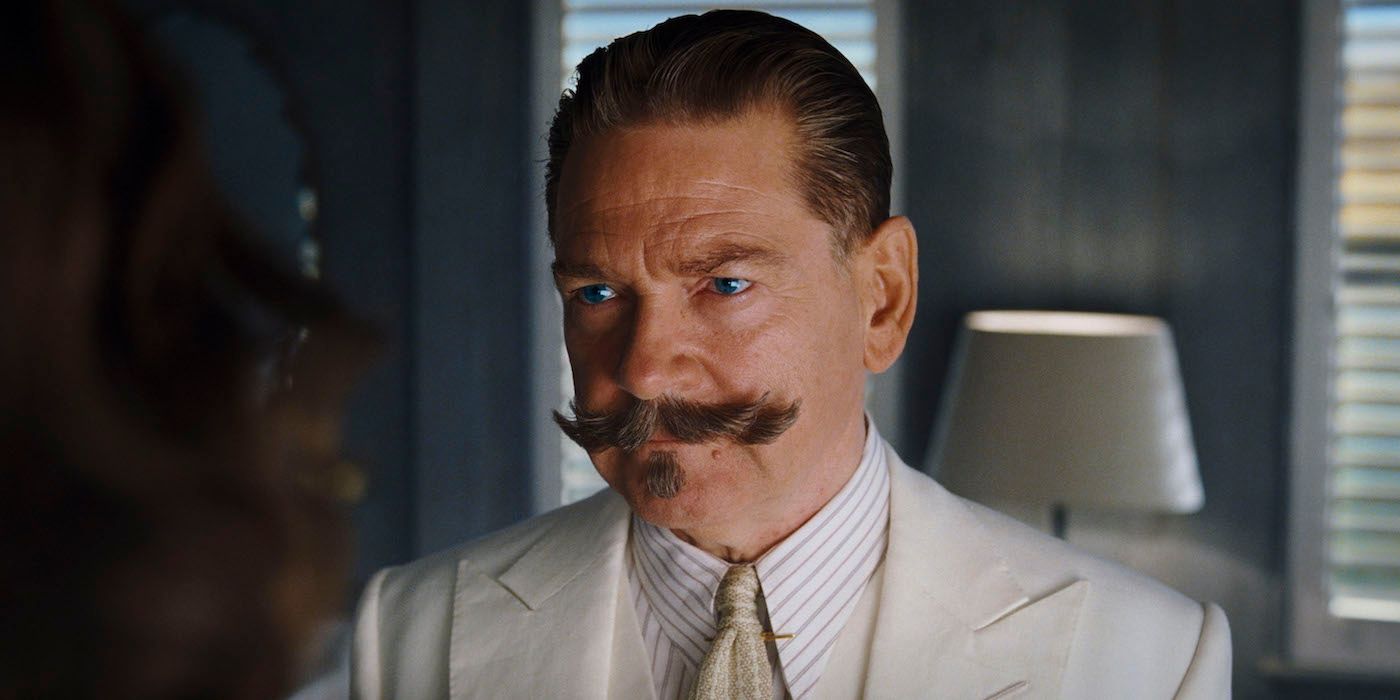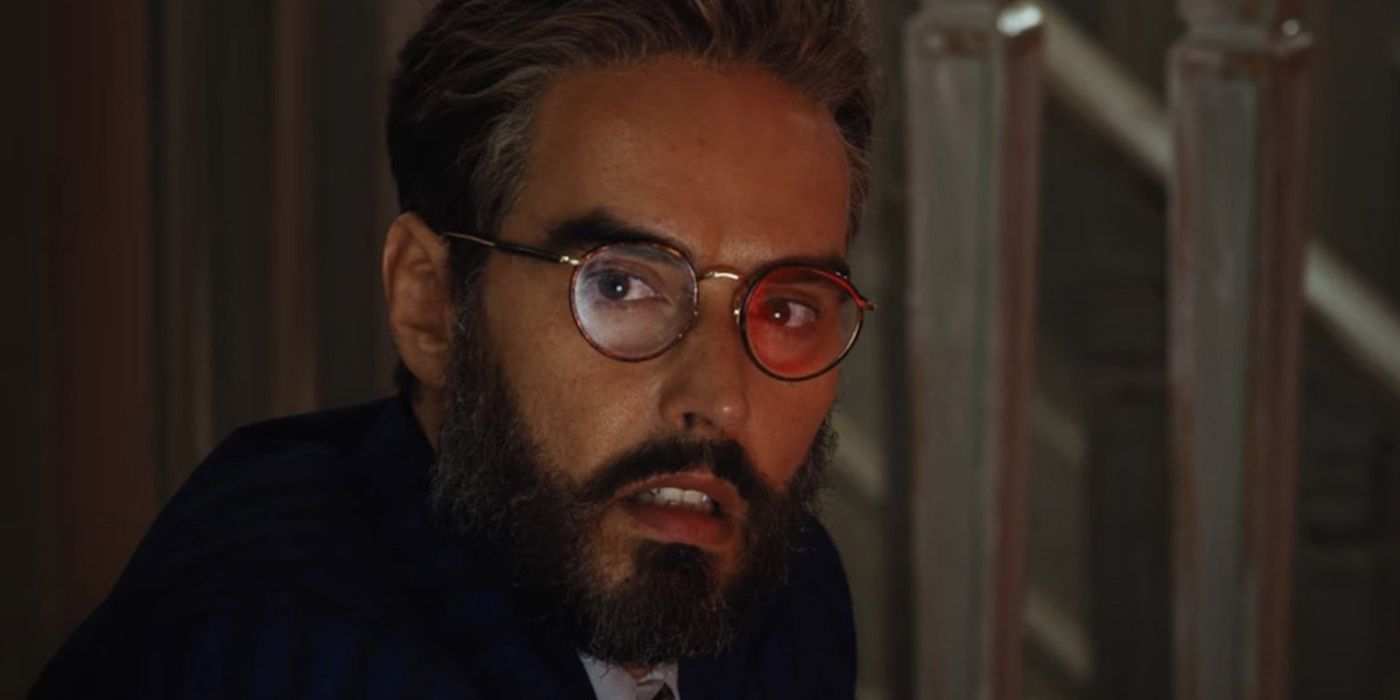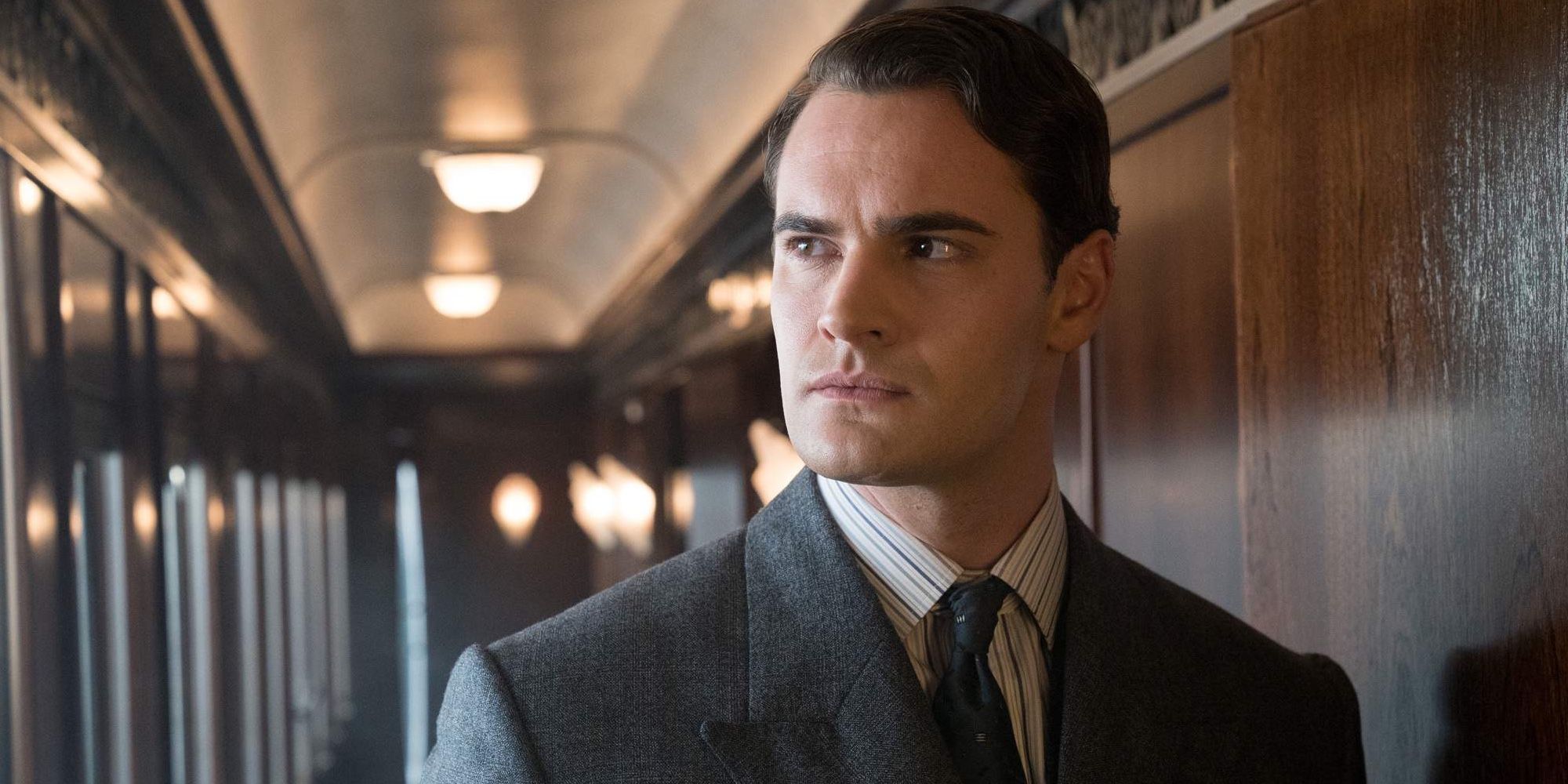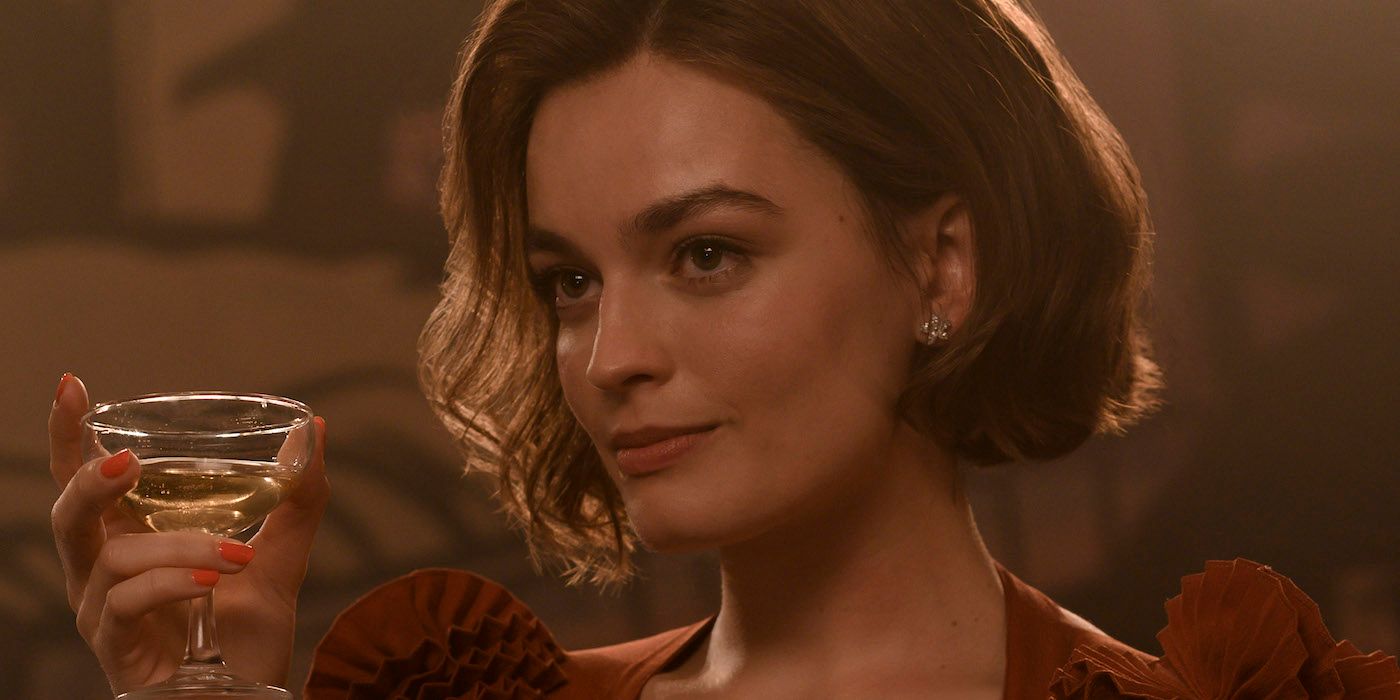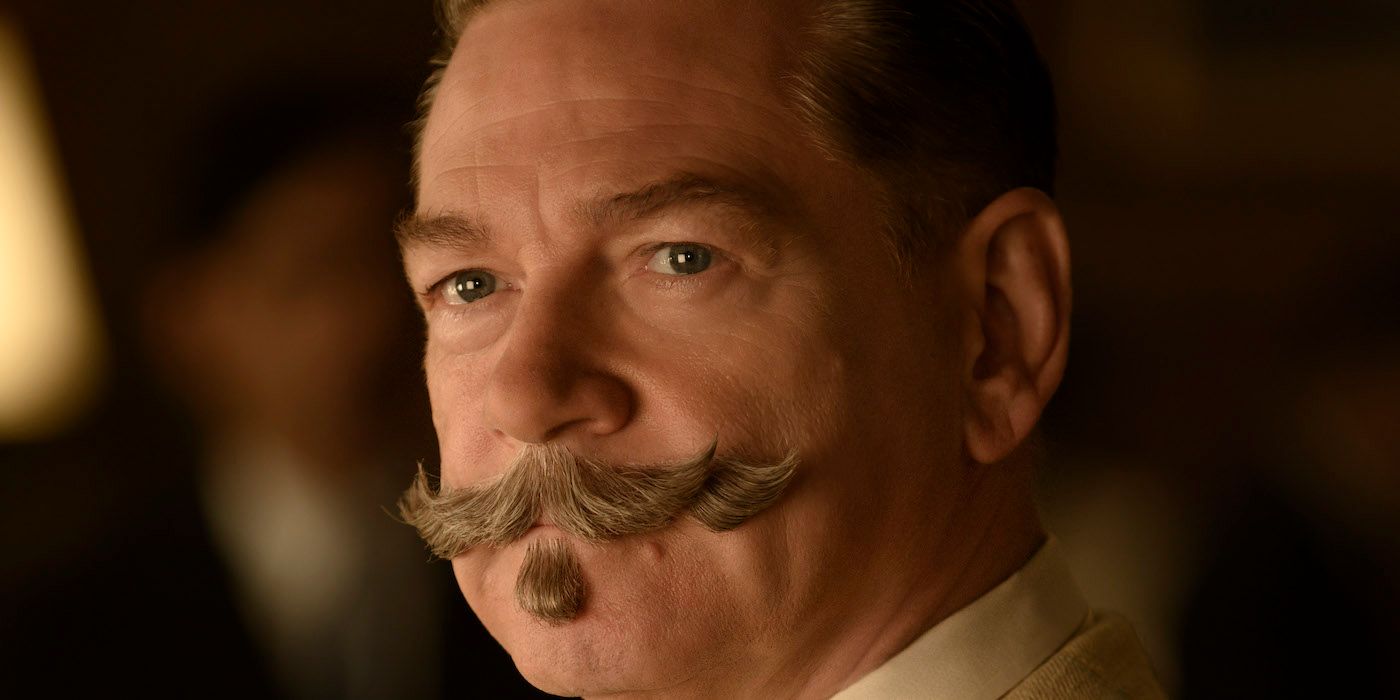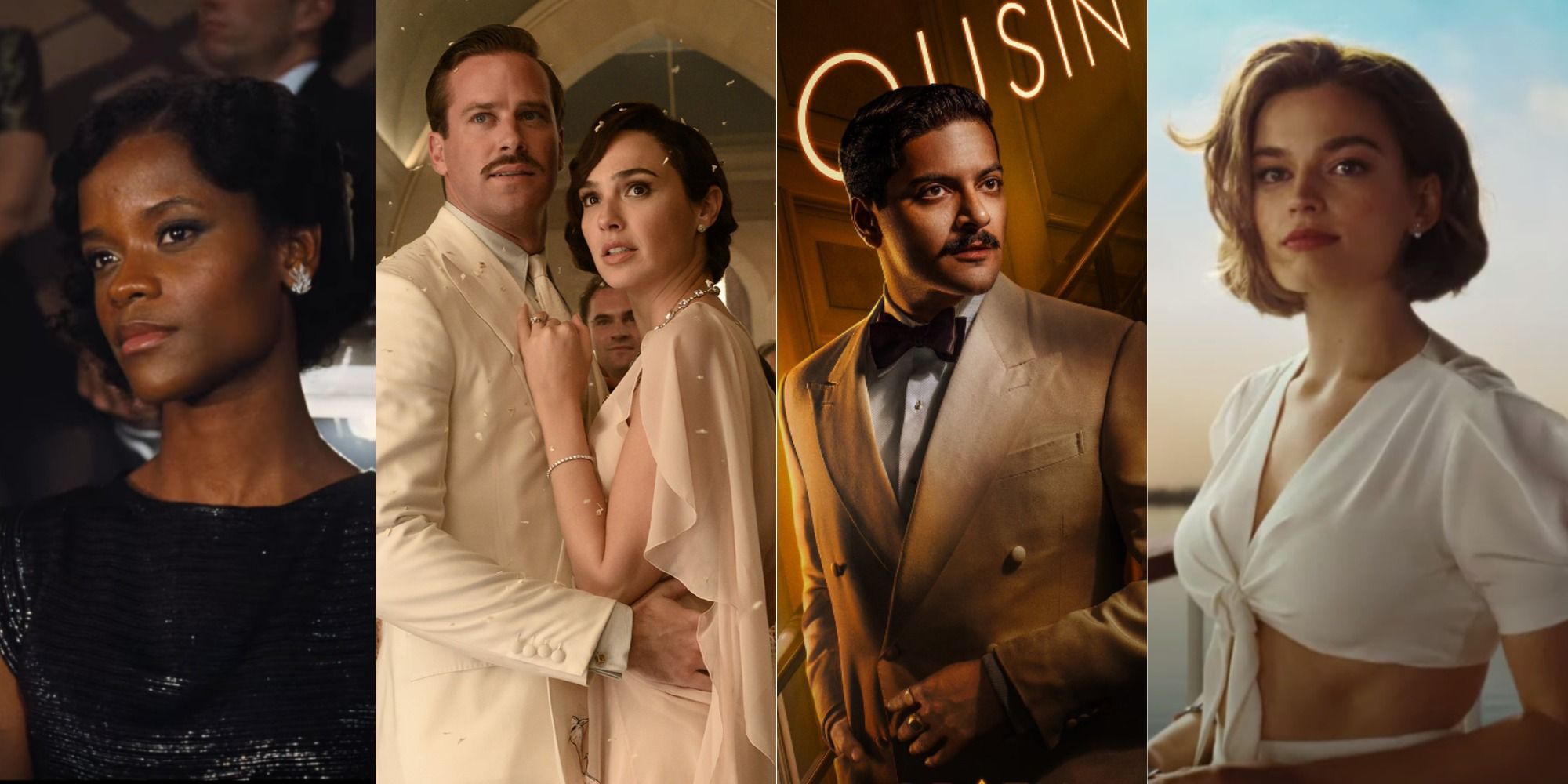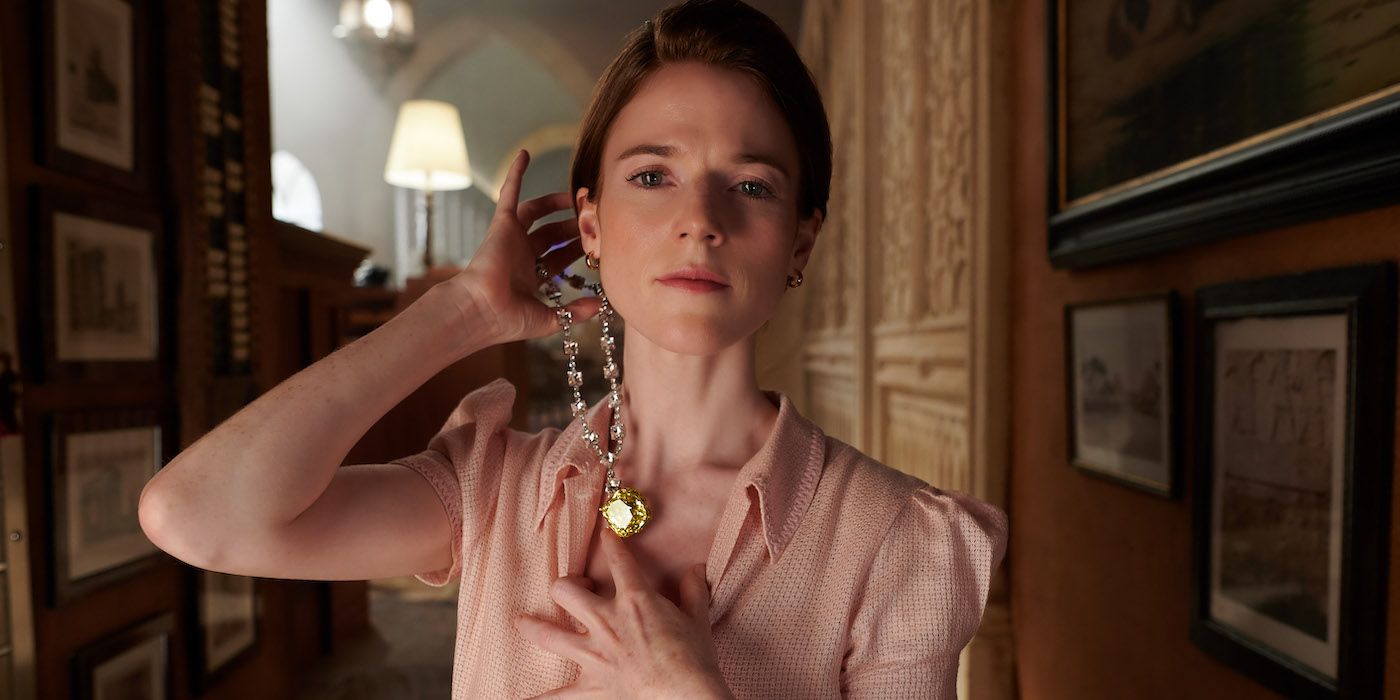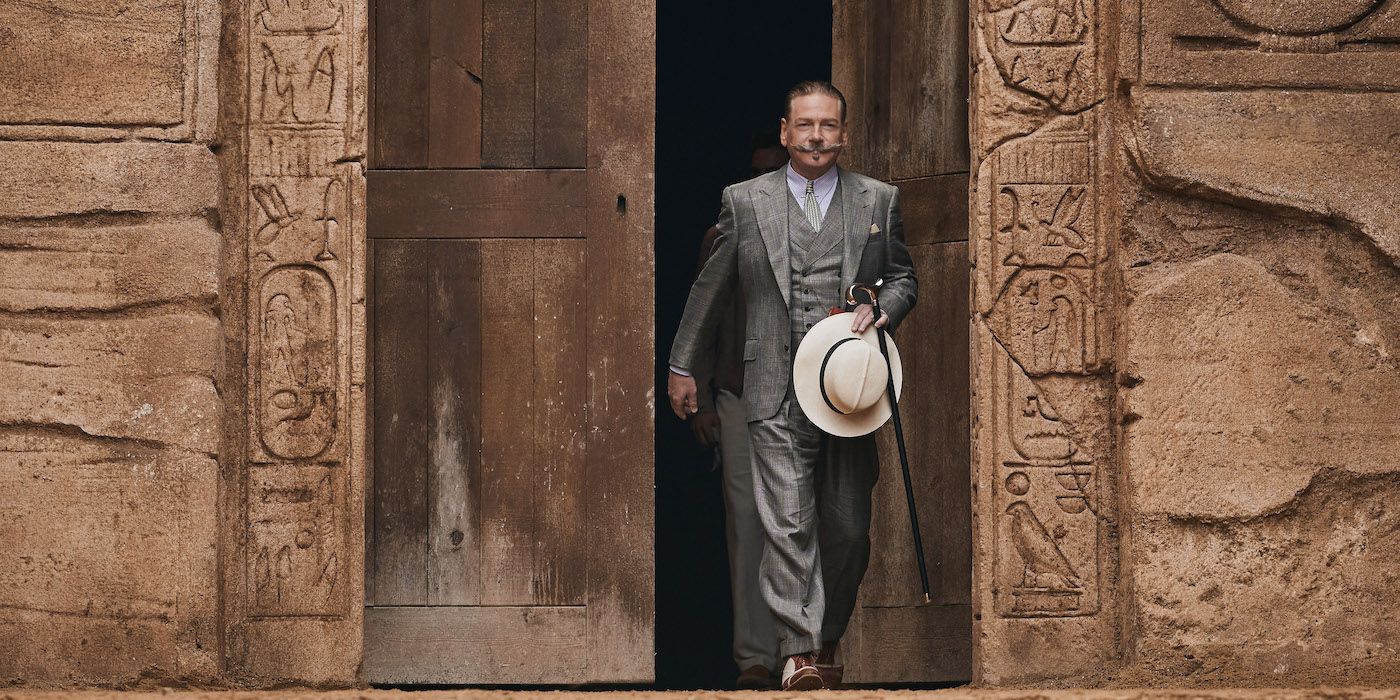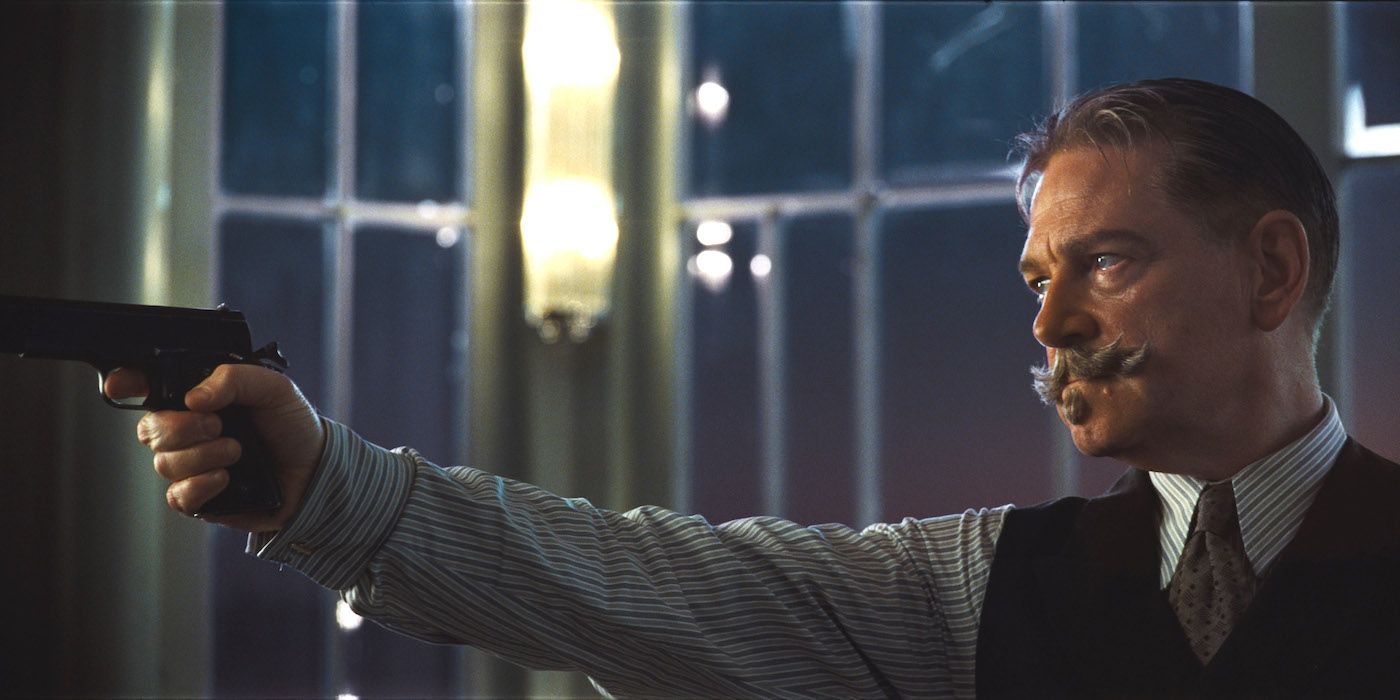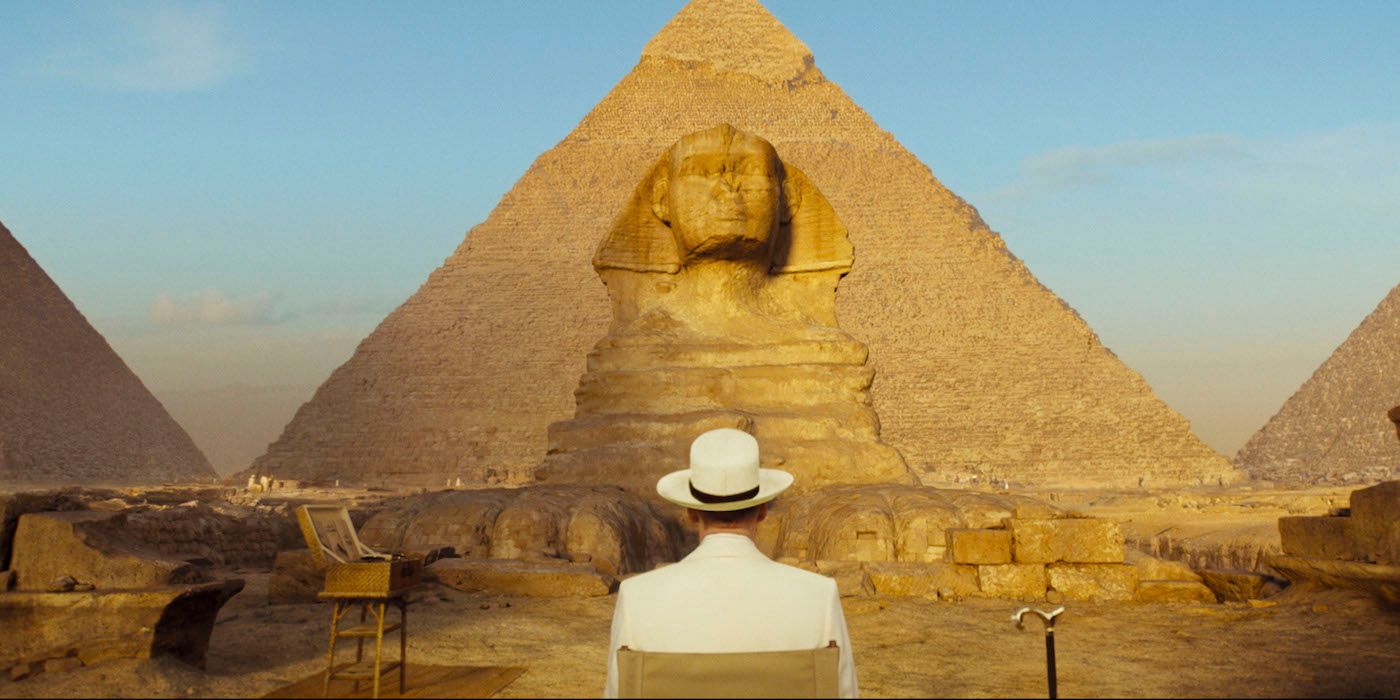Hercule Poirot has once again found his way to the big screen with a new, star-studded production of Agatha Christie's Death On The Nile. Following the events of Murder on the Orient Express, the famous mustachioed detective is pulled from his vacation through Egypt to solve yet another prolific murder case.
As with the previous film, Kenneth Branagh both directs and stars in the production, lending his interpretation of the novel for its epic on-screen adaptation. While Branagh definitely showed that he understood the source material in the previous film, its sequel certainly had more than a few artistic deviations from Christie's famous novel.
Changed
Poirot’s More Serious Appearance
Anyone familiar with the Poirot Mysteries knows that Inspector Hercule Poirot is distinctly outlandish. He's described in the novels as an "aging bachelor" with a short, round figure, and never without his big black mustache. While Branagh's portrayal carries over the same qualities seen in Murder on the Orient Express, the actor/director added a few twists to the character that seemed a bit outside the norm.
Along with giving Poirot a wounded soldier backstory, Branagh grants the character a great deal more intensity than seen in the novel. While he does frequently drill and interrogate the suspects, book Poirot has a much gentler hand.
Blending Of Characters
To be fair, it's understandable to see why a director might omit a few characters in order to cut back on running time and make the plot more precise. That being said, it's definitely a notable deviation for readers seeing just how many characters were blended together or otherwise cut from the final film.
While the performances were certainly stellar, particularly Russell Brand's as Dr. Windlesham, the fusion of at least four different characters is more than noticeable to those who have read the original books. It's fine for those going in without knowing what to expect, but confusing for those wanting a true-to-form adaptation.
Mr. Bouc And His Mother
One of the most glaring additions to the script was the return of Mr. Bouc from the previous film, Murder on the Orient Express. Along with being a much older gentleman in Christie's original works, Bouc never even appears in Death on the Nile. Although there is a mother and son pair of passengers on board, the two barely make a connection to them in the film
They serve as stand-ins for the most part, but at least there is a connection to the novel's B-plot concerning a jewel thief and a stolen necklace. Other than that, Bouc's inclusion wasn't really warranted, nor was his fate.
Omission Of Poirot’s Plea
Perhaps one of Poirot's most character-defining moments in the book is a pleading conversation he has with Jackie de Belfort before the events on the Karnak occur. He has a one-on-one soul-searching talk with a vengeful Jackie where he begs her not to pursue the newlyweds and let go of the darkness in her heart.
While he does speak with Jackie, the interaction between them feels incredibly short and futile. Cutting the emotional conversation between them definitely takes a chunk away from arguably Poirot's most compelling moments in the book.
Poirot Shaves
The greatest sin the movie commits is having Poirot shave his iconic mustache at the end of the film, revealing his battle scars from WWI. While this is an artistic and poetic callback to Salome Otterborne's comment about living with a mask, it removes the detective's calling card.
Poirot's mustache is his most recognizable feature, and no adaptation of the character is complete without it. To have him shave truly feels more like an insult to Christie's most famous character rather than a reimagined persona.
By The Book
The Massive Suspect List
Although many members of the original suspect list were either cut or combined into hybrid characters, one of the author's calling cards has always been a massive list of suspects. This is frequently seen in plays like And Then There Were None, and even in the recent Christie adaptation of Murder on the Orient Express. In this trip through Egypt, Poirot has to contend with not one, but twelve different suspects, each with a possible motive and desire for Linnet Doyle's demise.
The phrase "everybody's a suspect" is one that Christie uses greatly to her advantage. The more suspects there are, the harder it is to figure out whodunnit. Fortunately, Hercule Poirot is the right man for the job, and his "little grey cells" are always strong enough to deduce the killer.
The Necklace
Although it was a string of pearls in the book, the semi-red-herring plot of Mr. Bouc snatching up Linnet Doyle's necklace after discovering her body did actually come from a dramatic sequence in the book, albeit with different characters. What could easily be mistaken as filler to further excite the story was actually a crucial part of Christie's work.
When it's revealed that a jewel thief is sneaking around the ship, suspicion is immediately drawn to the latest criminal development. Although much more brief in the film than it is in the novel, it does serve its purpose and throws a curveball at the audience.
The Rock At The Temple
What looks to be a glorified Hollywood stunt as Linnet and Simon are having their romantic escapade at the temple is, surprisingly, taken right from the book. As the two explore the temple, and each other, a large chunk of rock suddenly becomes dislodged and comes plummeting down upon them, nearly killing them in the process.
While it happens via a different culprit and motive in the book, the boulder falling on the two is one of the more perilous moments seen in both adaptations. Easily one of the most memorable scenes, it would be shameful not to have it as part of the rising action.
The Dual Pistols
Small handguns are somewhat of a cliché in the mystery genre, and the .22 caliber pistols had by Simon and Jackie are no exception. One thing that definitely seems to happen when it comes to weapons like this is that there are always more than one somewhere. Whether that's a pair of dueling pistols in a western movie or a historical setting or a murder mystery set on the Nile in Egypt, they are a piece of evidence that should make viewers stop and pay attention.
In the book, they are a pair of small, pearl-handled revolvers, and Christie puts heavy emphasis on their detail. The movie does the same, but with more of a visual approach, especially how the camera lingers when Jackie reveals her weapon before the suspects set sail.
The Reveal
Although the end-fates of the murderers in the novel vary slightly from the end sequence of the film, the dramatic reveal is nearly exactly the same. This should come as no surprise, considering it was the crux of the book's climax, but the ending is no less surprising on film than it was in the book.
One thing Branagh's direction was able to replicate was Christie's gift for suspense and dramatic revelation. Unless they read the book, audiences probably weren't expecting the murderer(s)' identity and motive to be so complex and compelling. While ultimately a different experience from the novel, the film does the plot justice at its core.

